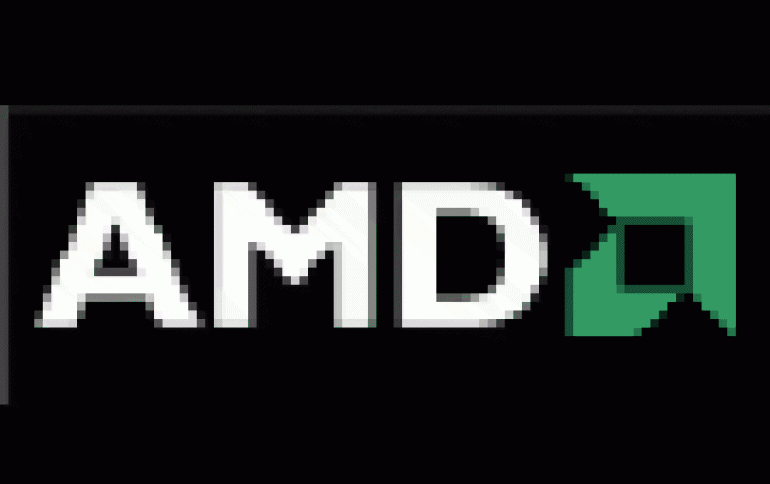
AMD Might Work with Infineon on NAND Flash
The chief executive of U.S. chipmaker AMD is considering cooperating with German rival Infineon on flash memory chips, he was quoted as saying in a German newspaper on Tuesday.
Flash memory chips are used to store information in devices such as mobile phones, digital cameras and MP3 music players and remember data even when the power of the device is switched off, unlike memory chips used in personal computers.
"A cooperation in this business area would actually be very well possible," AMD Chief Executive Hector Ruiz told German daily Sueddeutsche Zeitung in an interview.
"For a start, we both have large resources in Dresden, that would be an attractive option."
He declined to say whether there were any talks with Infineon about a cooperation accord, however, nor what form the cooperation could take.
Infineon declined to comment and an AMD spokesman for Europe declined further details or comment.
AMD and Infineon produce different kinds of flash memory, with AMD manufacturing a version called NOR, which is losing ground to the newer NAND type. Infineon is trying to break into the NAND market, but is still a very small player.
A cooperation would allow both companies to save on hefty chip-equipment investments, to share production process technology and to gain access to new markets, analysts said.
AMD, in its Spansion joint venture with Japan-based Fujitsu in which it holds 60 percent, is the world's second-biggest NOR flash maker, only slightly behind Intel.
Infineon is the world's sixth biggest NAND flash maker, but has only 1.9 percent market share compared with leader Samsung Electronics from South Korea which commands 55 percent of that market, according to second-quarter statistics from U.S. market research group iSuppli.
NAND sales overtook NOR sales in the first quarter of 2005, and NAND generated 55 percent of worldwide flash memory sales of $4.1 billion in the second quarter, iSuppli said.
NAND is gaining momentum due to its rising popularity as a data-storage medium in products including music players, digital still cameras, camcorders and now in camera-equipped mobile phones. NOR demand is heavily tied to code storage in mobile phones, an area that is experiencing slower growth.
"A cooperation in this business area would actually be very well possible," AMD Chief Executive Hector Ruiz told German daily Sueddeutsche Zeitung in an interview.
"For a start, we both have large resources in Dresden, that would be an attractive option."
He declined to say whether there were any talks with Infineon about a cooperation accord, however, nor what form the cooperation could take.
Infineon declined to comment and an AMD spokesman for Europe declined further details or comment.
AMD and Infineon produce different kinds of flash memory, with AMD manufacturing a version called NOR, which is losing ground to the newer NAND type. Infineon is trying to break into the NAND market, but is still a very small player.
A cooperation would allow both companies to save on hefty chip-equipment investments, to share production process technology and to gain access to new markets, analysts said.
AMD, in its Spansion joint venture with Japan-based Fujitsu in which it holds 60 percent, is the world's second-biggest NOR flash maker, only slightly behind Intel.
Infineon is the world's sixth biggest NAND flash maker, but has only 1.9 percent market share compared with leader Samsung Electronics from South Korea which commands 55 percent of that market, according to second-quarter statistics from U.S. market research group iSuppli.
NAND sales overtook NOR sales in the first quarter of 2005, and NAND generated 55 percent of worldwide flash memory sales of $4.1 billion in the second quarter, iSuppli said.
NAND is gaining momentum due to its rising popularity as a data-storage medium in products including music players, digital still cameras, camcorders and now in camera-equipped mobile phones. NOR demand is heavily tied to code storage in mobile phones, an area that is experiencing slower growth.





















